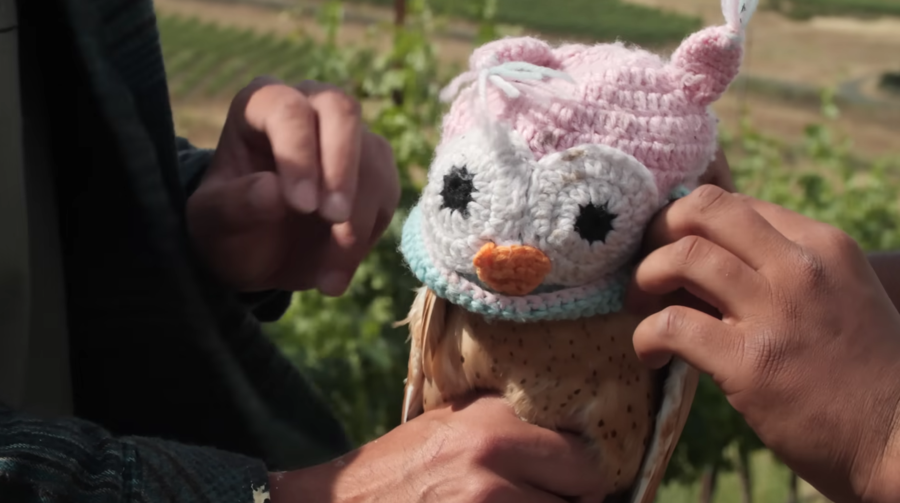“Scarfing down their food whole keeps barn owls moving. After all, these hungry birds gotta eat and there are lots of little rodents to hunt.”
In this Deep Look episode from KQED, hungry owl babies wait for food, ready to swallow entire rodents. But what’s inside the owl pellets they regurgitate?

Thanks to Cal Poly Humboldt researcher Laura Echávez, we can observe the owl pellet contents up close. Spoiler: The bones and parts of a few very unlucky gophers are featured in this episode. Science journalist Maddie Sofia narrates.


But these owls aren’t living completely out in the wild; they’re living freely in owl boxes that have been built especially to attract them to California’s Napa Valley.
“Scientists keep tabs on the owls inside. Winegrowers invite barn owls to raise their young in the boxes because owls are pest control machines. I mean, a barn owl family can kill about 3,500 varmints a year. They don’t take ’em all out, but they can make a dent.”
This vinter-owl collaboration is designed to be a sustainable alternative to using harmful pesticides for rodent control. It also supports local barn owl populations. But researchers like Cal Poly Humboldt’s Christian Cortez want to make sure that it’s truly a healthy setup for the owls, so they monitor the raptors’ health.


The headcover keeps the owls calm during the exam. The handknit cuteness is a bonus.
Next, watch Barn Owls: The Secret Saviors of Napa Valley’s Vineyards.
Then enjoy these related owl videos:
• Barred Owl Chick Regurgitates Pellets
• Dissecting owl pellets and cleaning the bones
• How are barn owl boxes built?
• The silent flight superpower of a stealthy predator
Bonus: 1,000 Indian Runner ducks are a smart alternative to pesticides.
Curated, kid-friendly, independently-published. Support this mission by becoming a sustaining member today.

